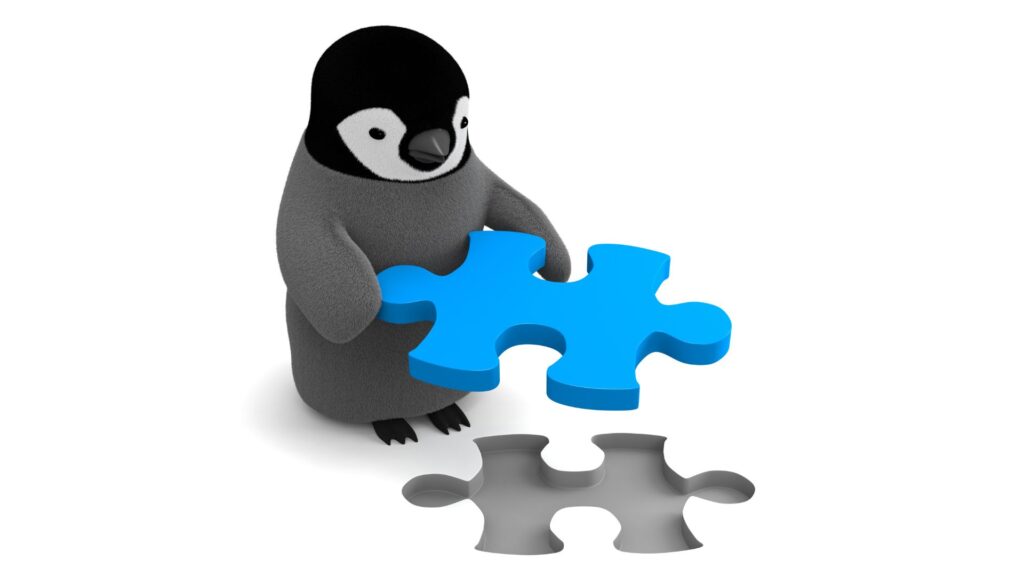Do you ever find yourself opening up your LinkedIn feed, or your Twitter feed, or any of a myriad of other feeds that you thought you should add your name to and feeling a sense of rising intimidation? It all looks so interesting, so professional, so worthy, so essential for you to consume to be on top of your game; but as you look at the spinning carousel of info possibilities, there is just too much and you don’t know where to start.
It isn’t a coincidence that we’ve come to call this endless torrent of information a ‘feed’ but somewhere along the line, the tide turned on us and the stream of news actually began to feed on us. We are factory animals, farmed for our attention and, if we allow it, we are cultivated 24/7. I’m aware that I’m adding to the noise just by writing this but my intentions are good. My suggestion is that we stop looking to others for answers and start looking at what is already within us.
In our kitchen at home there is a shelf in one of the cupboards that has caused me great anxiety but has been teaching me a lesson, eventually crystallizing the difference, for me, between needing information and being competent. My wife, as those of you who know her will attest, is a supremely organised being. She loves to stack, store, label, organise, reorganise, and refine. A virtual tour of her baking room has already attracted 59,000 views on Youtube, so remarkably does it inspire others to be well organised (the link is below for any aspiring bakers – I get no commission).
One of my key – and I feel critical – roles at home is to dry the dishes and this brings significant pressures when you are operating with a filing system that requires precision. It isn’t good enough to toss the cutlery into the cutlery tray – there are places for the spoons, for the knives and for the forks. The red spatula goes into the kitchen tools bowl but the black ones live in the baking room tools bowl – except one of them and I need to know which one that is. Each individual object that I dry (and when you live with a professional baker, there is a lot of drying time involved) has a home. Sometimes parts of the system are reorganised without notice and I need to hastily re-learn the rules to avoid chastisement.
My bête noir in the storage ecosystem has been the terrifying tupperware shelf. This shelf has a life of its own. The population is constantly in flux – sometimes there will be significant overcrowding, at other times the shelf resembles a shopping mall in lockdown. To one side (of course) there is a lid organiser – lids stacked from right to left by size and shape, each variation with it’s own compartment. Beyond this more predictable but still challenging receptacle, there is a structure of half-level shelves which provide for an enormous capacity – if the containers are properly organised. But what is proper? In my initial exposure to this new regime reminiscent of a stalag for plastic miscreants, I stared askance at the landscape, wondering how I would ever remember where all of the different shapes fitted in. Square boxes inside bigger squares but some housed inside bigger rectangles; glass containers featuring intermittently but with no identifiable relationship to the sea of plastic. It was intimidating.
After I first stared up at this Mont Blanc of storage challenges, the first few after-dinner drying experiences were tense. “Where does this one go?” “What about this one?” Inevitably, it ended with, “Can you do it?” I became a transactional child, my competent drying virtuosity foundered on the impossible challenge before me. I slipped down the Maslovian levels from self actualised dryer to insecure apprentice in need of reassurance.
Slowly, something began to dawn on me. Each time I returned to the scene of the challenge, far from becoming more familiar, the landscape was always different. I could see no emerging pattern, could learn no rules to apply with consistency, in short, I was learning no solution map and making no progress at all towards succeeding at this new role on my job description. And yet the system was still working before my eyes. How? What was she doing that I couldn’t do? What was the answer?
To any leaders reading, I wonder if that sounds like a familiar scenario? As a new leader, I can remember staring at the in-tray (it was a while ago), the in-box, the to-do list, the strategic plan, the Board agenda, the government announcements and thinking, ‘how do I sort all of this out?’ If you add to that, for today’s leaders, LinkedIn, Twitter, professional networks, Covid et al, it’s simply too much. Too much information, too many priorities, too many things you might do but can’t get to.
And when you stare at this vertical wall of challenge and wonder how on earth you can ever scale it with the aplomb that others around you seem to achieve, if you’re lucky, you begin to realise that some of the things that you didn’t get to, just didn’t matter. Some of the things that you let go of, just disappeared. Someone knew something that you didn’t know and SO WHAT?
To reach that state of mind, you need to be prepared to be kind to yourself. You need to know that you are doing the best you can and that what other people are doing in their own kitchen cupboards isn’t for you to worry about. Don’t read their kitchen stories and feel inadequate: the ten best ways of…, the latest Harvard Business School look at…, the six essential qualities of a… Your challenge is your cupboard and the solutions that other people find do not take into account your unique context.
Pretty much nothing ‘off the shelf’ works. Not the brilliant curriculum, not the strategic planning tool, not the performance management system. More importantly, they won’t work if you try to learn about and apply them all at the same time. It’s probably great stuff but for you it’s not the right time and it’s just too much noise.
The noise isn’t more important than the people you work with. Working out what is important gives you a path up the cliff face. As a very slow experiential learner, the mystery of the tupperware shelf was finally revealed to me when I realised that there was no perfect solution to the challenge – there was only a mindset. When my wife put the things away for me, she was just solving the problem in front of her each night. I had been failing because I was looking for her solution, the ‘right’ solution. There wasn’t one. What mattered was that the space worked and that you could find what you needed when you needed it. Now, when the shelf is crowded, I’m quite motivated to solve the problem; when the shelf is empty because all the containers are in action elsewhere that day, I count my blessings and knock off early.
So you missed the latest Takumi X blog. So what? You didn’t see that interesting article about leadership? Well, maybe someone will tell you about it if it really matters. You don’t have a perfect solution for your organisational challenges? There isn’t one. You do your best, you don’t listen to all the noise, and you remember what’s important. It’s a hundred times better to invest in understanding one article, one piece of learning and working it through in your own context than skim reading 50 articles a day and making yourself feel bad. You can only catch one bus, scale one cliff face or tidy one cupboard at a time. Learn how to do it properly and then move on.
BAKING ROOM TOUR + ORGANISING TIPS | How to stay organised in my baking room|Bake with Bakabee





